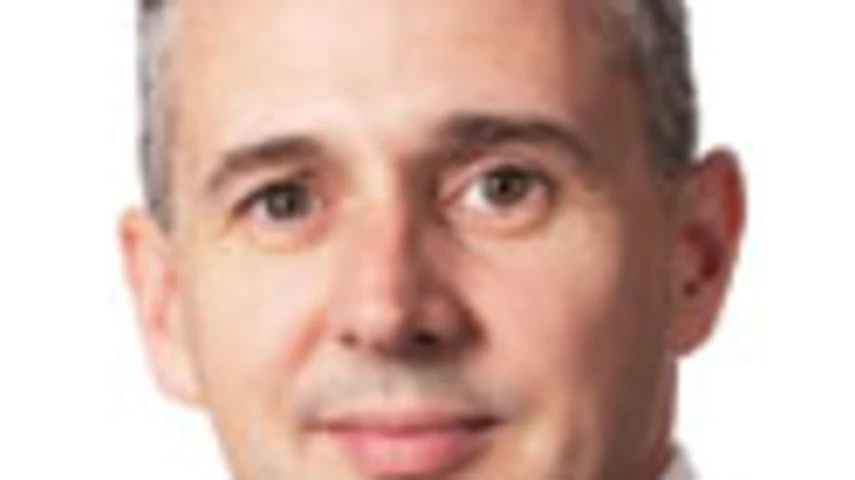AXA positions on fee-for-service



|
|
AXA Asia Pacific has revealed that 70 per cent of its advisers are already using some fee-for-service pricing as they prepare for inevitable regulatory changes with respect to planner remuneration.
The company’s positioning has been revealed to an investor road show lodged with the Australian Securities Exchange (ASX) today, which also emphasised the value of the company’s Asian business in the context of the current takeover bid by National Australia Bank (NAB).
However, while dealing with the relative strengths of the company’s Australian and New Zealand businesses when compared to that in Asia, AXA chief executive Andrew Penn said he would not be answering questions with respect to the NAB bid.
Dealing with the Australian business, Penn said AXA had one of the largest distribution networks, comprised of 1,600 advisers and relationships with 6,500 independent financial advisers.
He said in 2009 some 30 per cent of AXA’s wealth management flows and 60 per cent of its financial protection new business had originated from non AXA-aligned dealerships.
The Australian Competition and Consumer Commission is still to decide whether it will approve the NAB bid for AXA Asia Pacific and, in the meantime, AMP Limited has indicated that it remains interested in restarting its own bid.
Recommended for you
The central bank has released its decision on the official cash rate following its November monetary policy meeting.
ASIC has cancelled the AFSL of a Melbourne-based managed investment scheme operator over a failure to pay industry levies and meet its statutory audit and financial reporting lodgement obligations.
Melbourne advice firm Hewison Private Wealth has marked four decades of service after making its start in 1985 as a “truly independent advice business” in a largely product-led market.
HLB Mann Judd Perth has announced its acquisition of a WA business advisory firm, growing its presence in the region, along with 10 appointments across the firm’s national network.











